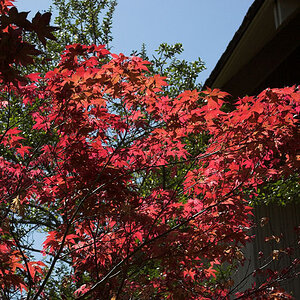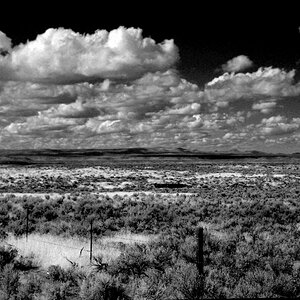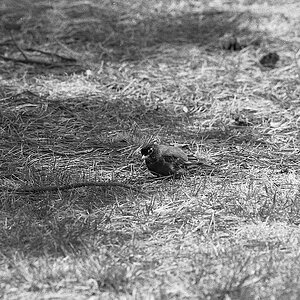decado
TPF Noob!
- Joined
- Sep 24, 2009
- Messages
- 155
- Reaction score
- 0
- Location
- Crystal, MN
- Can others edit my Photos
- Photos NOT OK to edit
So I've been noticing while taking a lot of daytime pictures I'm getting clipping on the histogram readouts at the top of the histogram (y axis). Now I know how to get the exposure right to balance the histogram between light and dark, but even if it's right in the middle it's still clipping at the top. How do I stop this clipping?


![[No title]](/data/xfmg/thumbnail/35/35666-9f404fab7b896e4ec114160079fa71c6.jpg?1619737090)



![[No title]](/data/xfmg/thumbnail/38/38738-7933157d1b8968c986eeeab2d1828524.jpg?1619738703)
![[No title]](/data/xfmg/thumbnail/35/35664-428352d20c8015248f9625e246c3581c.jpg?1619737089)

![[No title]](/data/xfmg/thumbnail/41/41782-daa26990361bf4193a874908bda10dbb.jpg?1619739891)

![[No title]](/data/xfmg/thumbnail/41/41779-303c41fcb3e37507cbe986d76dbfcf85.jpg?1619739890)

